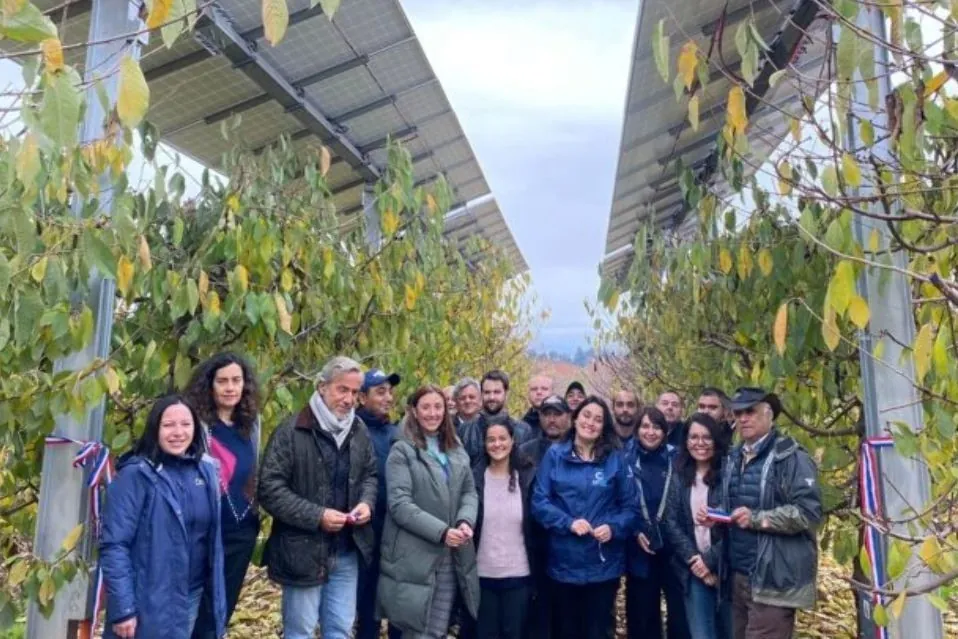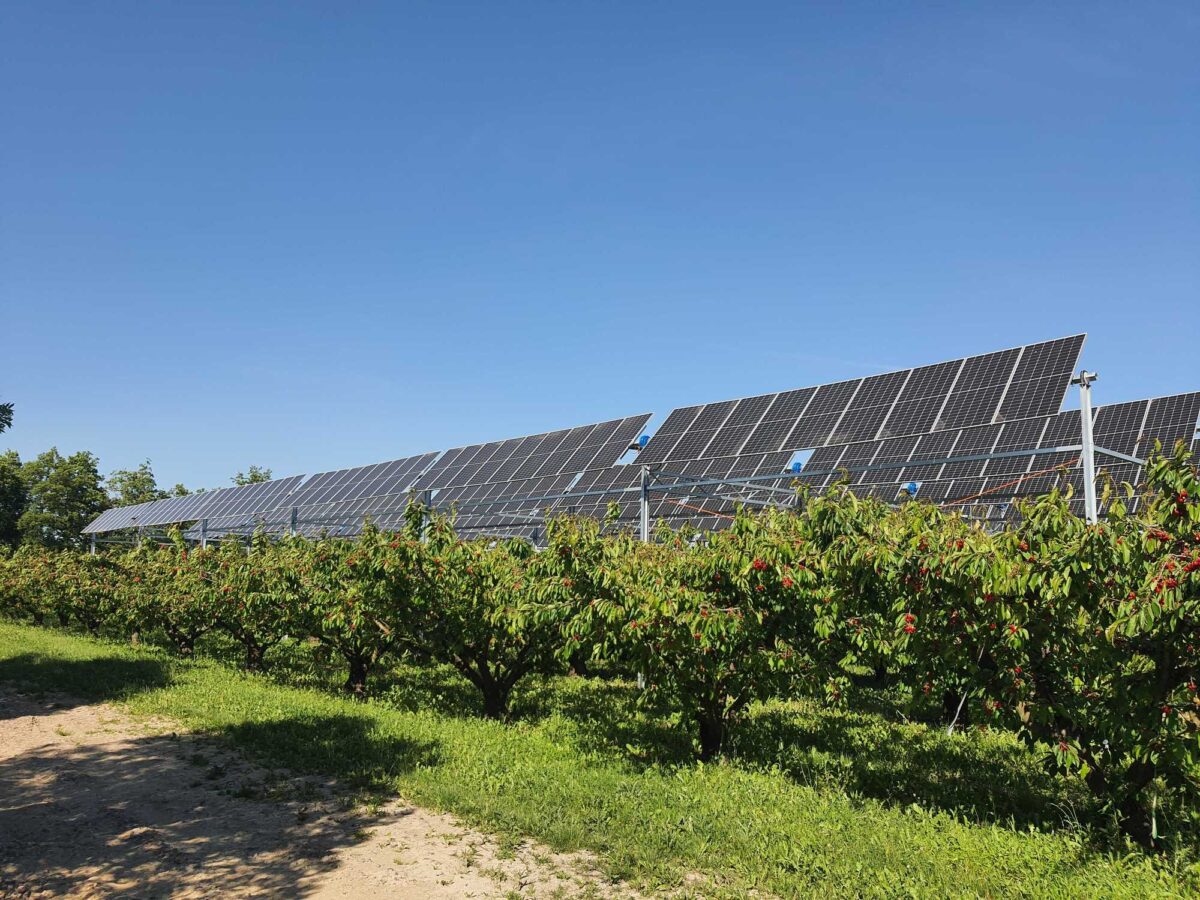A new technical bulletin, the result of years of research and cooperation with producers, aims to strengthen the competitiveness of cherries from Ñuble and improve quality throughout the supply chain, up to the most demanding markets.
The growing importance of cherries in Chilean fruit production — now the most planted fruit crop in the country with over 82,000 hectares — calls for an increasingly technical and informed approach, especially in crucial stages like harvest and post-harvest.
To meet this need, the Chilean Agricultural Research Institute (INIA) has published the bulletin “Optimization of cherry harvest and post-harvest management in the Ñuble Region,” prepared by researchers Cristian Balbontín (INIA Quilamapu, Ñuble) and Bruno Defilippi (INIA La Platina, Metropolitan Region).
A practical guide for producers
The document, available for free download in digital format, is based on the results of a four-year research project conducted in the Ñuble region.
The goal is to provide concrete tools to producers and exporters to ensure that cherry quality is preserved from the orchard to the destination markets, particularly the increasingly demanding Asian market.
According to Cristian Balbontín, the 120-page bulletin — divided into six chapters — offers detailed information on ripening physiology, post-harvest management, and the factors that affect cherry shelf life and commercial performance.
“Each variety has different characteristics, and its response to storage depends on elements such as ripening stage, nutritional and phytosanitary management, and the number of days spent in transit,” he explained.
Export growth
The publication comes at a crucial time: during the 2024–2025 season, Chilean exports of fresh cherries grew by 51% compared to the previous season, reaching over 626,000 tons (125.2 million boxes), with China as the main destination.
However, this growth brings new challenges. “Market expectations are rising, and this has a direct impact on sales prices,” Balbontín commented.
To face this scenario, the expert believes it is essential to focus on two strategies: diversifying destination markets and continuously raising the quality of exported products.
Quality built through detail
Not all varieties react the same way in post-harvest. Issues like skin wrinkling (lizard skin), internal browning, or peduncle dehydration can compromise perceived quality.
Fruit firmness also varies depending on the variety and ripening stage. All this highlights the importance of continuous, targeted research.
The work carried out for INIA Bulletin No. 509 is the result of an applied and collaborative approach, in synergy with producers and with the support of the Ñuble Regional Government and the local Farmers' Association.
“The goal is to provide tools based on objective data to make more effective decisions in the field and along the supply chain,” Balbontín emphasized.
Ñuble and Chilean excellence
Finally, the researcher pointed out how external factors beyond the orchard, such as climate change or seasonal weather variations, affect the nutritional and structural quality of cherries.
Having tools and knowledge like those contained in this bulletin represents a strategic step to strengthen Ñuble’s position as one of the leading regions for high-quality cherry production.
Text and image source: redagricola.com
Cherry Times – All rights reserved












